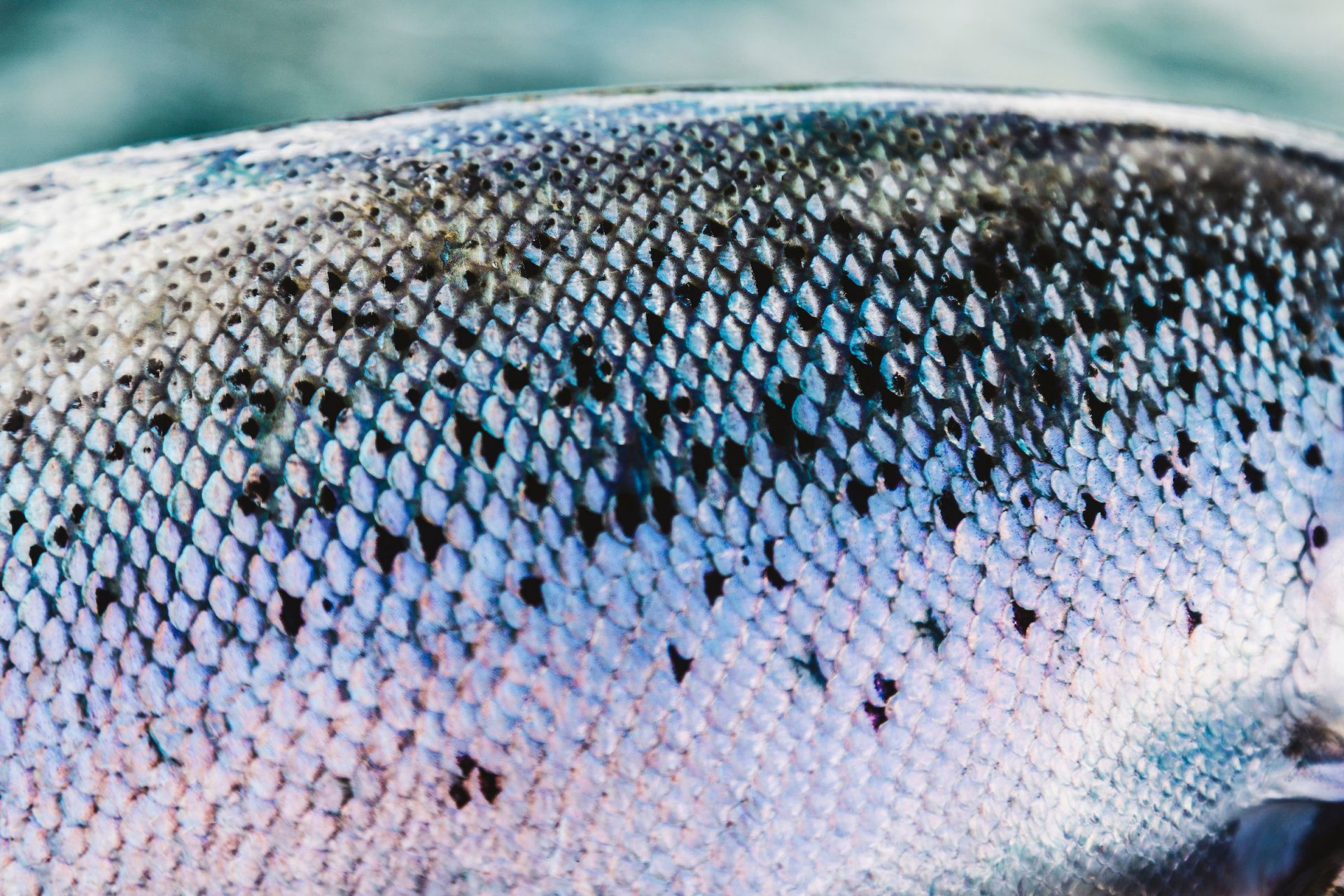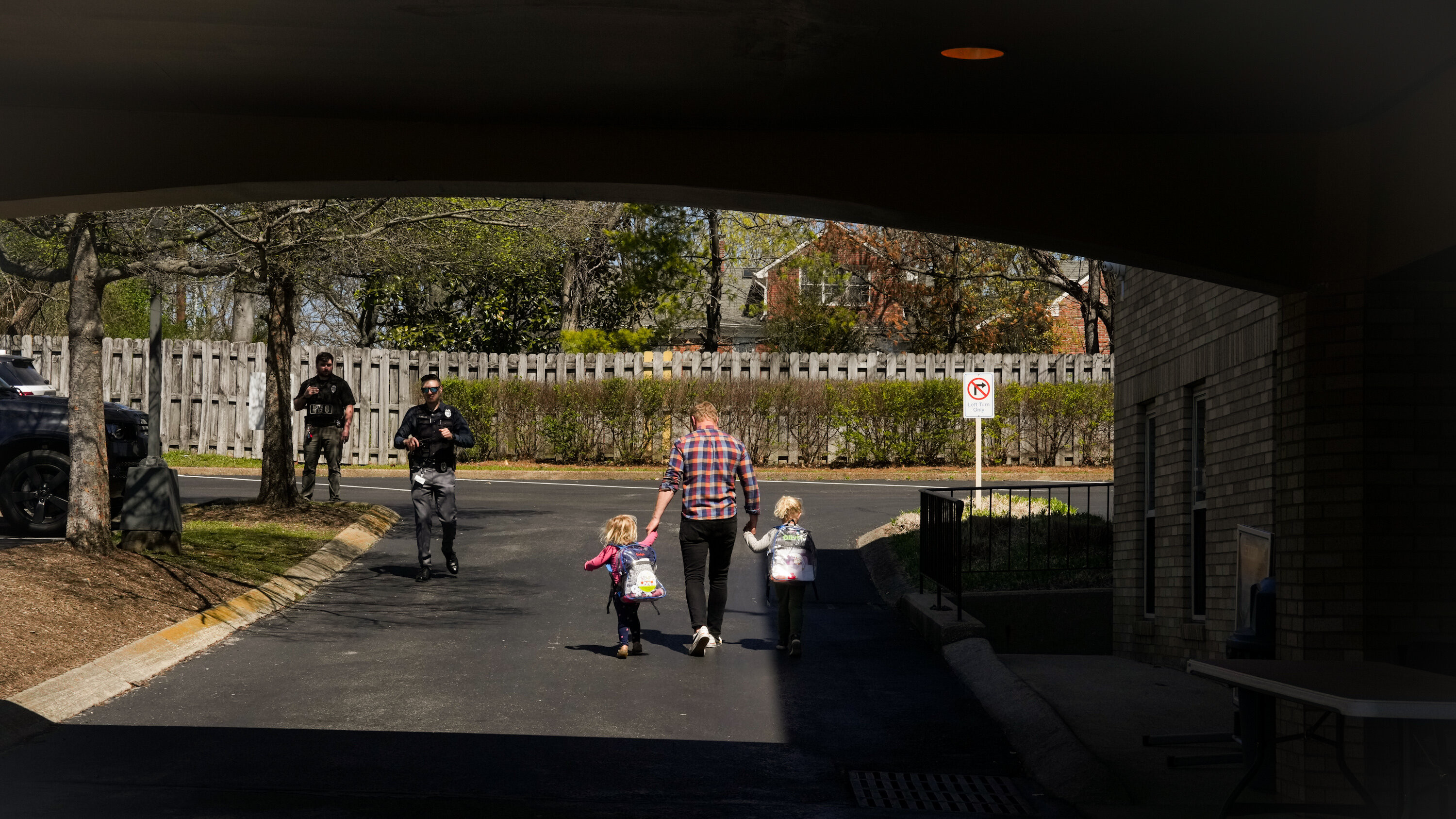A new and extensive literature review is challenging the assertions by activists that sea lice from fish farms significantly affect wild salmon populations. The study, published in the journal Reviews in Aquaculture, examined the regulatory management of salmon farming in Norway and found no measurable impact of sea lice infections from farms on wild salmon. This aligns with Canadian government research which found that sea lice on farm-raised salmon do not impact sea lice levels on wild juvenile salmon in British Columbia.
Key Findings of the Study
The main findings of the new review are that:
- The Norwegian Traffic Light System (TLS) for salmon farming regulation overestimates the effects of farm-origin salmon lice on wild fish. This is because the TLS assumes all infesting sea lice develop into the pre-adult or adult stage, but in reality, only about 42.5 percent actually reach that stage. This means the TLS overestimates the number of lice that could potentially infect wild salmon.
- There is no measurable impact of sea lice from salmon farms on wild salmon populations. The study found that the available data does not support the claim that sea lice from farms are a significant threat to wild salmon populations.
- Other factors, such as environmental conditions and fish size, are more important drivers of sea lice levels in wild salmon than lice levels on farmed salmon. The study found that the levels of sea lice on wild salmon are more closely correlated with environmental factors, such as water currents, temperature, and salinity, than with lice levels on farmed salmon. This suggests that other factors are more important in determining the levels of sea lice on wild salmon, and that sea lice from farms are not a primary driver of sea lice levels in wild salmon.
Canadian Data and Monitoring Programs Support the Findings
Simon Jones, Emeritus Scientist at Fisheries and Oceans Canada (DFO) and co-author of the study emphasized the need for a broader understanding of factors affecting wild salmon survival.
“This is an important finding, as it aligns with the research and data we are seeing on sea lice in Canada,” said Jones. “The highly variable relationship between lice levels on wild salmon and salmon aquaculture in BC indicates the need for a greater understanding of all factors affecting the survival of wild salmon.”
Sea lice are naturally occurring parasites found on many species of marine fish, they pose no risk to humans. Studies have shown that, in B.C. regardless of the presence or absence of salmon farms, there is wide variability in sea lice prevalence in coastal locations.
Farm-raised salmon are free of sea lice when they are entered into the ocean, but during the migration season adult wild salmon may pass sea lice to farm-raised salmon.
Additionally, newly released 2024 data from the Broughton Archipelago wild juvenile salmonoid monitoring program further supports that salmon farms do not impact sea lice levels on wild salmon, as the variability in the percentage of sea lice on wild Pacific salmon remains unchanged despite the removal of salmon farms in the area. The average intensity (number of lice per fish) of wild Pacific salmon with sea lice has also remained low for the last 20 years.
A 2023 Science Response from the Canadian Science Advisory Secretariat (CSAS) and long-term data collected annually in the Discovery Islands by registered professional biologists also concluded that sea lice on farm-raised salmon do not impact sea lice levels on wild juvenile salmon in BC.
A Call for a Science-Based Approach to Salmon Farming
“The continued exaggeration of wild salmon populations declining due to sea lice from salmon farms does not help conservation efforts of wild salmon,” said Brian Kingzett, Executive Director of the BC Salmon Farmers Association (BCSFA). “Ongoing research and data support that the salmon farming sector poses minimal risk to wild Pacific salmon, yet government decisions continue to ignore the science and threaten our sector’s future,” he said. “It’s time for the federal government to stop using salmon farming as a scapegoat, making unrealistic and unachievable political decisions about our sector, and focus on reliable data and science to address the real issues impacting wild Pacific salmon.”
In June, the Liberal government, bowing to demands of anti-fish farming activists to get their votes, announced a ban on open-net salmon farming in British Columbia after 2029. This proposed ban flies in the face of 10 government studies and a plethora of other research which continue to show that current ocean salmon farms pose no more than minimal risk to wild Pacific stocks.
The Future of Salmon Farming in Canada
Federal Fisheries Minister Diane Lebouthillier has promised a transition plan for the sector, which will involve moving the open-net farms to close-containment facilities in water and on-land. Lebouthillier, is this week in Charlottetown, Prince Edward Island, to co-chair the Canadian Council of Fisheries and Aquaculture Ministers (CCFAM) meeting. During the meeting, Lebouthillier, and her provincial and territorial counterparts will engage a number of priorities of the Council, including discussing climate change and the future prosperity of coastal communities. She will hear from provincial and territorial leaders on these important issues, and together they will focus on solutions to safeguard the future of fish, fish habitat, fisheries and aquaculture in an ever-changing environment, said DFO.
The new study is a welcome addition to the growing body of research that challenges the narrative that sea lice from salmon farms are a significant threat to wild salmon populations. This research underscores the need for a science-based approach to salmon farming and a focus on addressing the real issues that are impacting wild salmon populations, such as habitat loss and climate change.

















